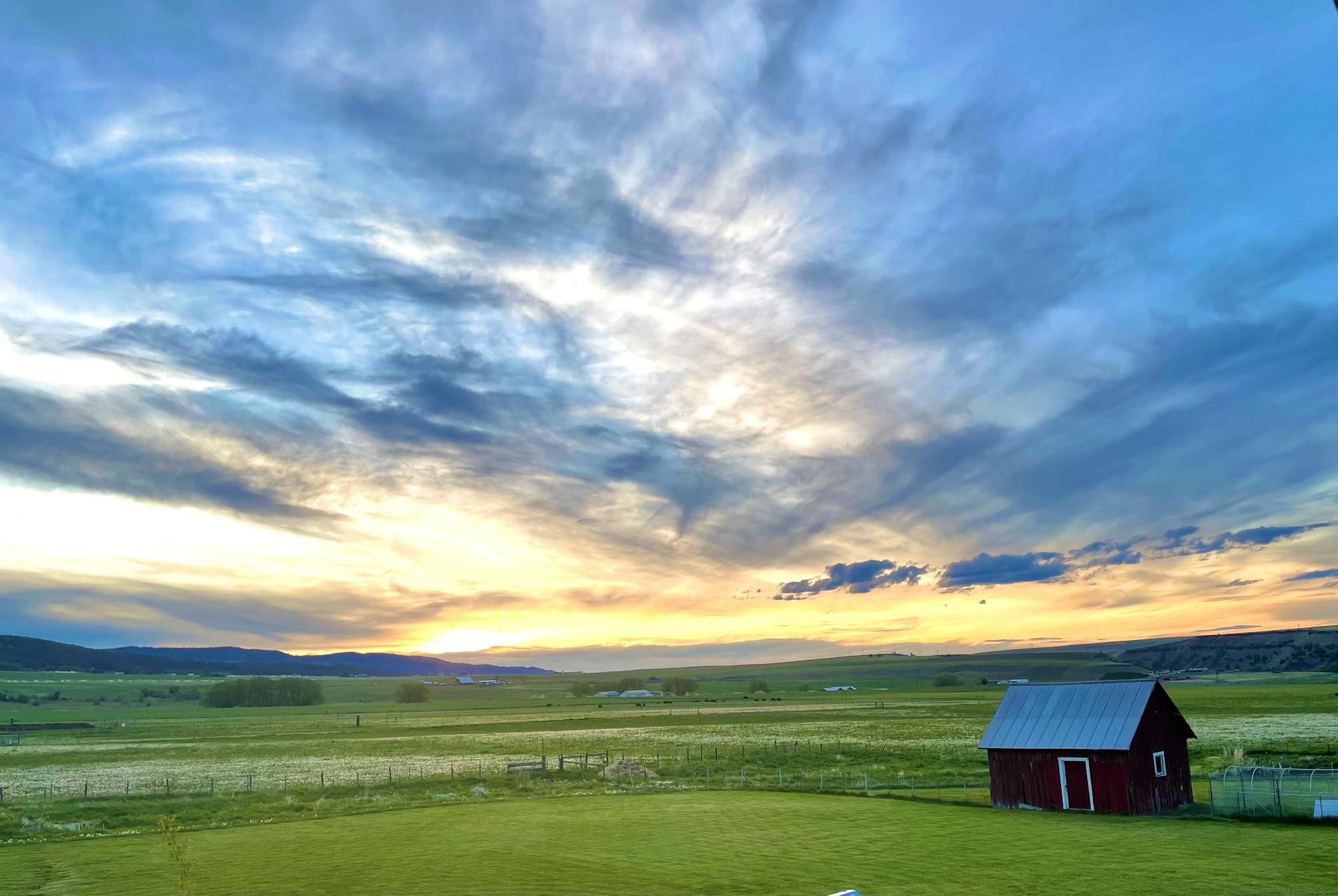Following a dismal statewide annual wolf count and two poaching incidents already this year, Oregon’s grazing season saw wolf-livestock conflicts start as early as April which led to a member of the Chesnimnus wolf pack being killed in May, and another this month. As the wolf population struggles to recover in the state, the narratives accompanying these conflicts fail to adequately capture what is happening on the landscape. A clearer understanding of the situation could help to catalyze compassion and regulatory change.
The Chesnimnus pack, comprised of nine wolves and likely a den of pups, reached chronic livestock depredation status shockingly early in the grazing season, triggering lethal removal of individual wolves. These unfortunate depredations could have been avoided but the U.S. Forest Service’s archaic grazing policies in a changing climate along with an inefficient compensation program fueled conflicts and built toward a slow-motion catastrophe.
Conflicts with the Chesnimnus pack started when current grazing policies allowed domestic calves out on public grazing allotments by mid-April, before wolves’ preferred prey—deer and elk—had produced their newborns, leaving newborn calves the easiest prey. Compounding the problem was the fact that Oregon experienced an unusually wet winter and spring this year, which meant grass and forage that cattle and ungulates could otherwise eat at higher elevations on these allotments were snow-covered. As a result, cattle and wolves’ natural prey were limited to areas where little forage was still available but that kept the wolves in the same area as well and led to higher chances of wolf encounters with cattle.
Existing grazing policies, which were drafted decades ago when wolves had been wiped out of Oregon, do not take interactions between carnivores and their prey or the impact of climate change on the landscape into consideration. They allow cattle to be out on allotments too early in the season. Decision-makers have not revisited these policies in any meaningful fashion to integrate statewide coexistence goals or adaptive management practices. This continues to set up wolves and livestock producers for failure.
Use of nonlethal deterrence tools would have helped prevent conflicts, but this is where our state’s compensation fund falls short. Even when funds for nonlethal tools are approved and distributed to county compensation committees, they are not reaching livestock producers in time for the grazing season. As a result, if producers want to use nonlethal tools, they have to pay out of their own pockets until the program funds payout—if they do at all. This delay is just one of several challenges with the wolf compensation fund that warrants state-level reform in its structure and accountability.
In the case of Chesnimnus pack, the producer could have benefited from additional funds to purchase hay to keep cattle on private pasture or to pay for more human presence in the form of range riders after the calving period.
Wolves belong on Oregon’s landscape, and Oregonians support their return overwhelmingly. Coexistence works, and we are seeing the benefits here in our own state. However, this progress will not be sustainable unless lawmakers modernize outdated and ineffective policies that are hamstringing our efforts to achieve coexistence goals.










Follow Defenders of Wildlife
facebook bluesky twitter instagram youtube tiktok threads linkedin